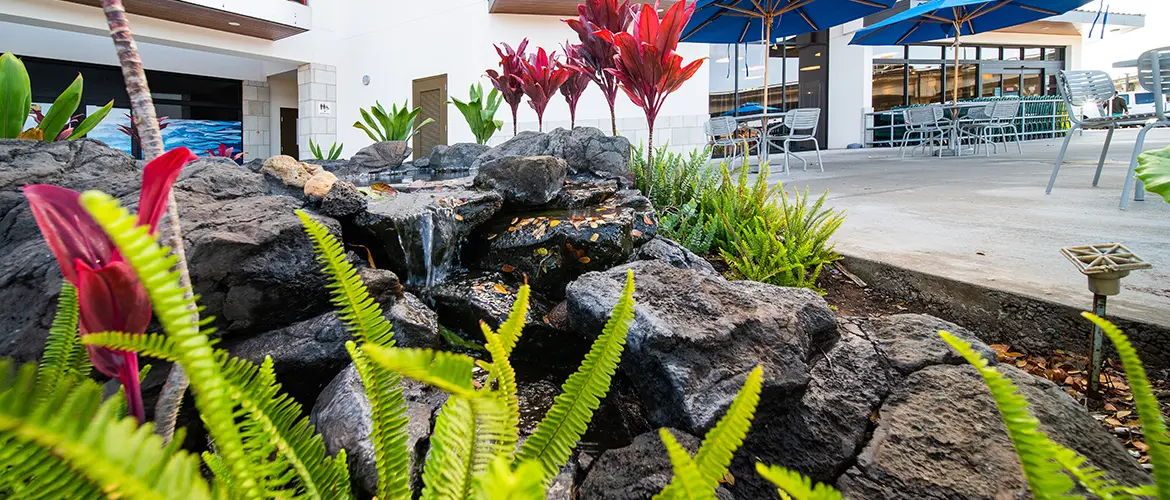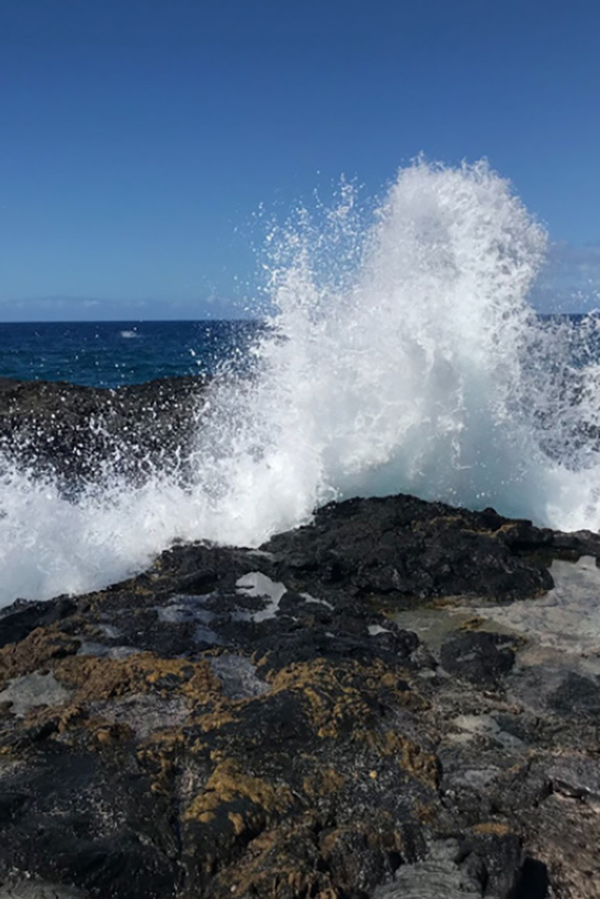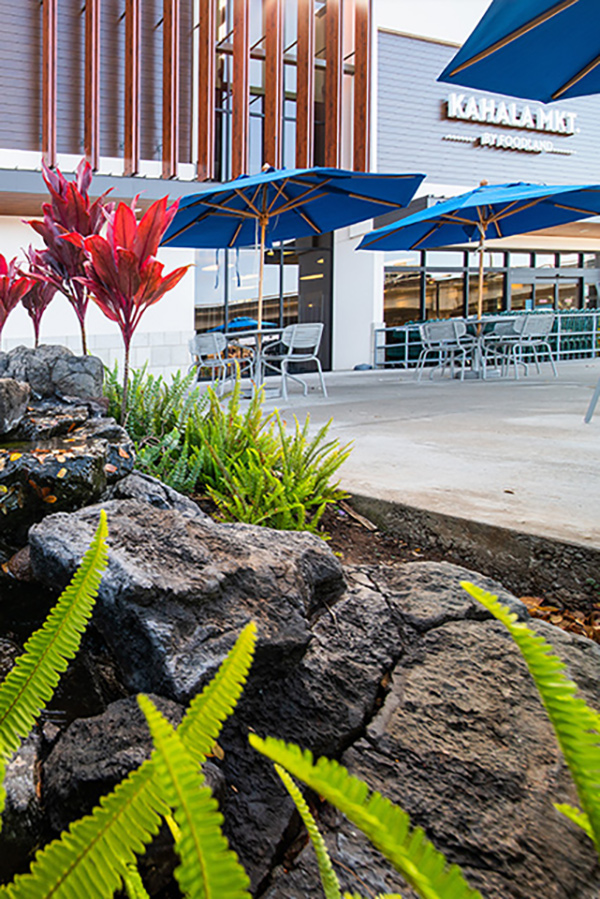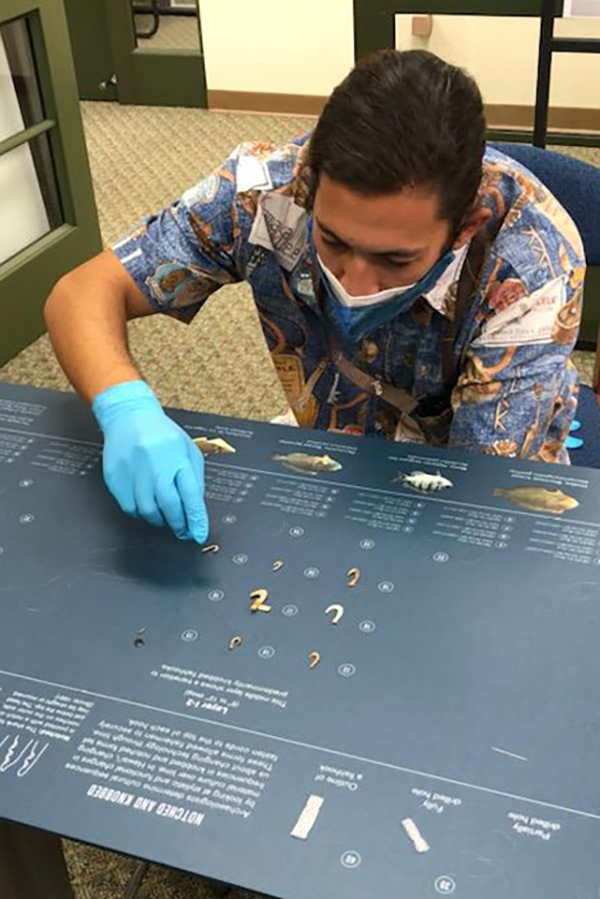At a glance
KS has a target to have 5,000 affordable housing units in development by 2030.
Impacts from climate change on the community can be mitigated through managing carbon emissions, and KS is committed to reducing its carbon footprint and increasing carbon sequestration.
Scope 1 emissions include on-site fossil fuel combustion and fleet fuel consumption. Scope 2 GHG emissions are indirect emissions from sources that are owned or controlled by KS. Scope 3 emissions are emissions that are not owned or or directly controlled by KS, but are related.
KS underwent an extensive carbon inventory in 2021 for the two previous fiscal years (FY) for an accurate reflection of scope 1, 2, and 3 emissions. Between FY19 and FY20, KS decreased its carbon footprint by 3,350 mt CO2e.
AA+SSC, CET, GWE | UNSDG 15 | GRI 201, 203, 302, 305, 413 | AAEF 1.0, 3.0, 4.0, 5.0, 6.0 | SM2025 M20
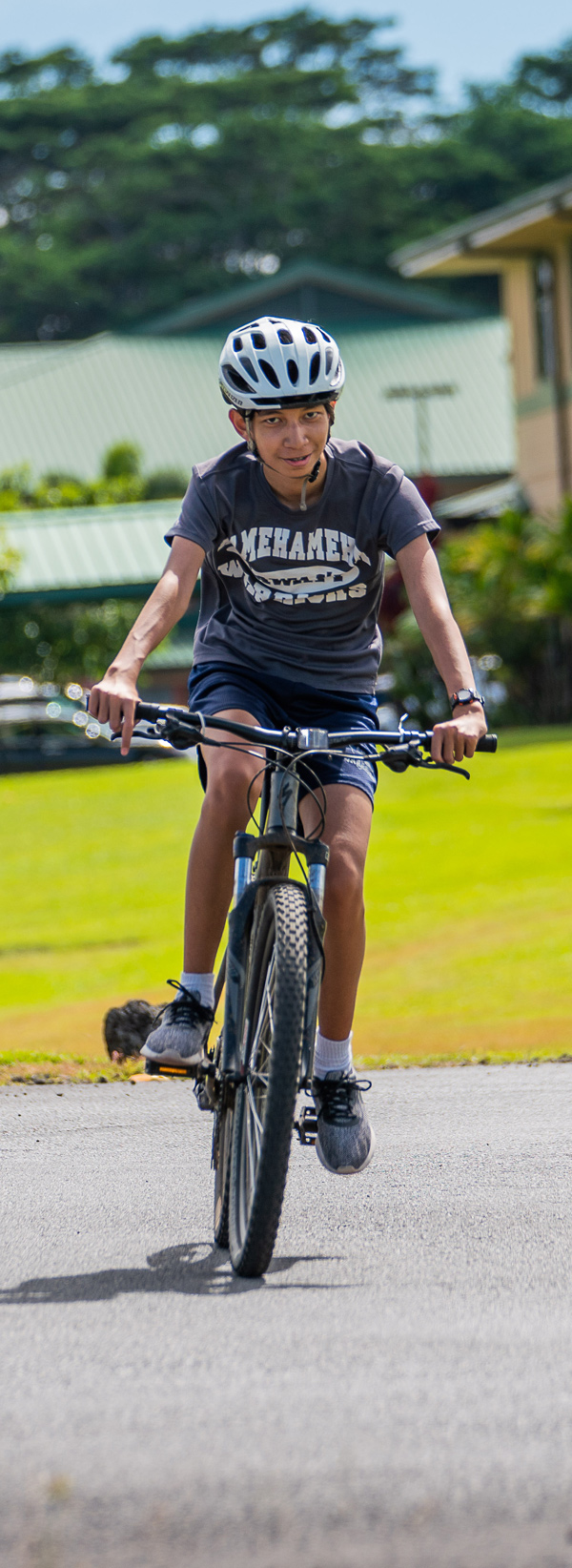
Carbon footprint and sequestration
KS completed a carbon assessment in 2021 to identify emissions sources associated with KS activities and operations, and analyze opportunities for carbon sequestration and mitigation.
Through the study, KS found that KS Kapālama is the greatest contributor of emissions by campus, making up fifty-two percent (52%) of total emissions followed by KS Hawai‘i and KS Maui at thirteen percent (13%) and nine percent (9%), respectively. Preschools, commercial and office buildings made up approximately eight percent (8%) of KS emissions. Carbon reduction strategies were outlined in the following key areas:
- Building Energy
- Mobile Energy
- Paper and Waste
- Business Travel and Employee Community
- Enterprise Policy and Strategy
KS ‘āina sequesters ten times the organization’s emissions, and KS is actively exploring more options for carbon sequestration. Conservation projects and local food production are opportunities for carbon sequestration, among other benefits.
Learn more about sustainability at KS here.
A+SWR, SSC GWE | UNSDG 13 | GRI 305 | AAEF 1.0
Ahupua‘a Accelerator
KS supports the Ahupua‘a Accelerator Initiative, which centers on improving the sustainability of community-based, culturally-grounded ‘āina stewardship organizations across six sites: Ka‘ūpūlehu (Hawaiʻi Island), Polanui (Maui), Kawela (Moloka‘i), Kaho‘olawe, He‘eia (O‘ahu), and Hāʻena (Kaua‘i).
The partnership with the Hawaiʻi Conservation Alliance is co-funded with the Harold K.L. Castle Foundation. Read more here.
A+NRM, SSC, GWE | UNSDG 11 | GRI 201, 203, 303, 304, 413 | AAEF 3.0, 5.0
Kū‘ono Marketplace
Artistic metal panels, water features, a mural, and native landscaping seek to honor the abundant freshwater springs and rich offshore fisheries of Wai‘alae and Kāhala that were a source of vitality in the area surrounding Kū‘ono Marketplace at Kāhala.
KS incorporated mo‘olelo (stories of place) and sustainable features such as water reuse and bioswales. Nearly all of the rainwater passes through a bio-filtration process to retain any potentially harmful oils, chemicals, and toxins onsite prior to it entering the stormwater system.
A+CET, NRM, SSC | UNSDG 6, 11, 13 | GRI 201, 203. 303, 413 | AAEF 1.0
Koehana internships
KS partnered with the Bishop Museum to improve the preservation and management of archaeological collections while providing undergraduate students and young professionals an opportunity to receive hands-on museum curation experience.
As a result of a recent installation of the Wai‘ahukini fishhook display, KS Hawai‘i haumana can directly access koehana (cultural materials) from one of the most remote and culturally significant areas under KS stewardship. Read more here.
SSC, GWE | UNSDG 4, 11 | GRI 203, 404, 413 | AAEF 5.0









